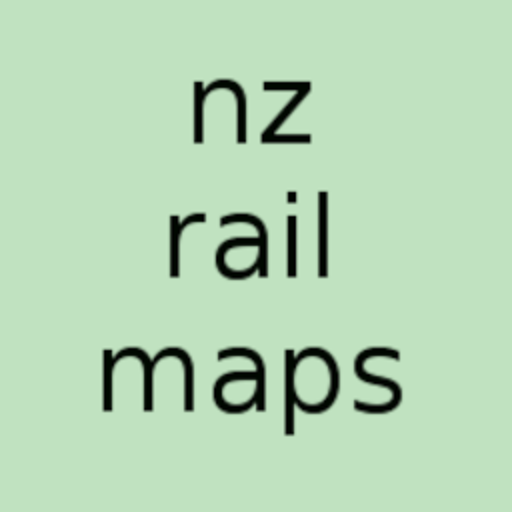This past month the focus has remained on Volume 2 (NIMT) which is a massive task, and with competing time demands since everyone is so busy at this time of the year, timeframes have been stretched out beyond what has been previously expected. However, a major reason in things slowing down this month was time spent looking into whether any of the historical aerial photos for Wellington rail yards, which have many issues with accurate alignments due to the large area of the yards, which is difficult to cover with only a single run of aerial photos or in some cases two parallel runs (a slight improvement but still not sufficient to overcome all issues). The chief reason for the difficulty in coverage is that aerial photos, like all types of photos, are subject to various kinds of spatial distortion particularly evident as the horizontal distance from the centre of the lens increases. While much of this will not be obvious to the naked eye, it means horizontal distances tend to become less accurate towards the edges. For aerial photography produced by Linz these days, it is mathematically corrected for this distortion by feeding it through a computer software process called ortho-rectification, which uses topographical data for a given area to correct the distortions. Unfortunately this option is not available for most historical aerial photography, the exception being some Linz black and white aerials dating from mid 1990s to the early 2000s which can be obtained from part of the Koordinates site (these are a particular set of areas and are not georeferenced). Since the desire is to show earlier eras, non rectified imagery is a fact of life. One way to get around the distortion is to use only the central part of each aerial image. This is certainly possible for the images in a survey run where they often have large overlaps along the longitudinal axis, but they will most likely not have the same overlaps to the sides or transverse axis, which means only one direction of distortion can be mitigated.
The net result for Wellington is that while it is certainly possible that significant improvements in aerial coverage quality could be achieved, it requires a very large amount of work with multiple segmentations of each aerial layer so as to try to get them to line up better with more leeway but in fact this is just as hard as using the full image sections. The first attempt did in fact use multiple segments of each layer but hit major impasses where the issues simply could not be practicably resolved about halfway through. A second attempt using full size layers ran into the same challenges and it was quickly concluded the easiest short-term solution would be to continue with the existing aerial photography which was created some time ago, despite its numerous flaws. This will avoid further delays in completing the project. At this stage some further level of improvement is still desirable and may be looked at in future, but is a very low level priority.
In the rest of November the focus therefore is on re-releasing existing maps of Wellington to the new display format (the title banners and other labelling which is more descriptive than earlier formats) and then proceeding with the production of all the missing sections that will bring the maps together into a continuous section. Meanwhile the aerials to date are progressing north of National Park, with the gathering of backgrounds and historics now reaching just north of Te Kuiti. When Hamilton is reached, there is an existing mosaic project from which existing maps need to be re-checked and updated if necessary. North of Hamilton the required work covers from there as far as Pukekohe, which has already been completed through to Auckland.
Currently the expectation of a completion timeframe for Volume 2 has been pushed out well into 2022. The current plan is for the end of March. Progress will continue to be monitored in these monthly updates.
